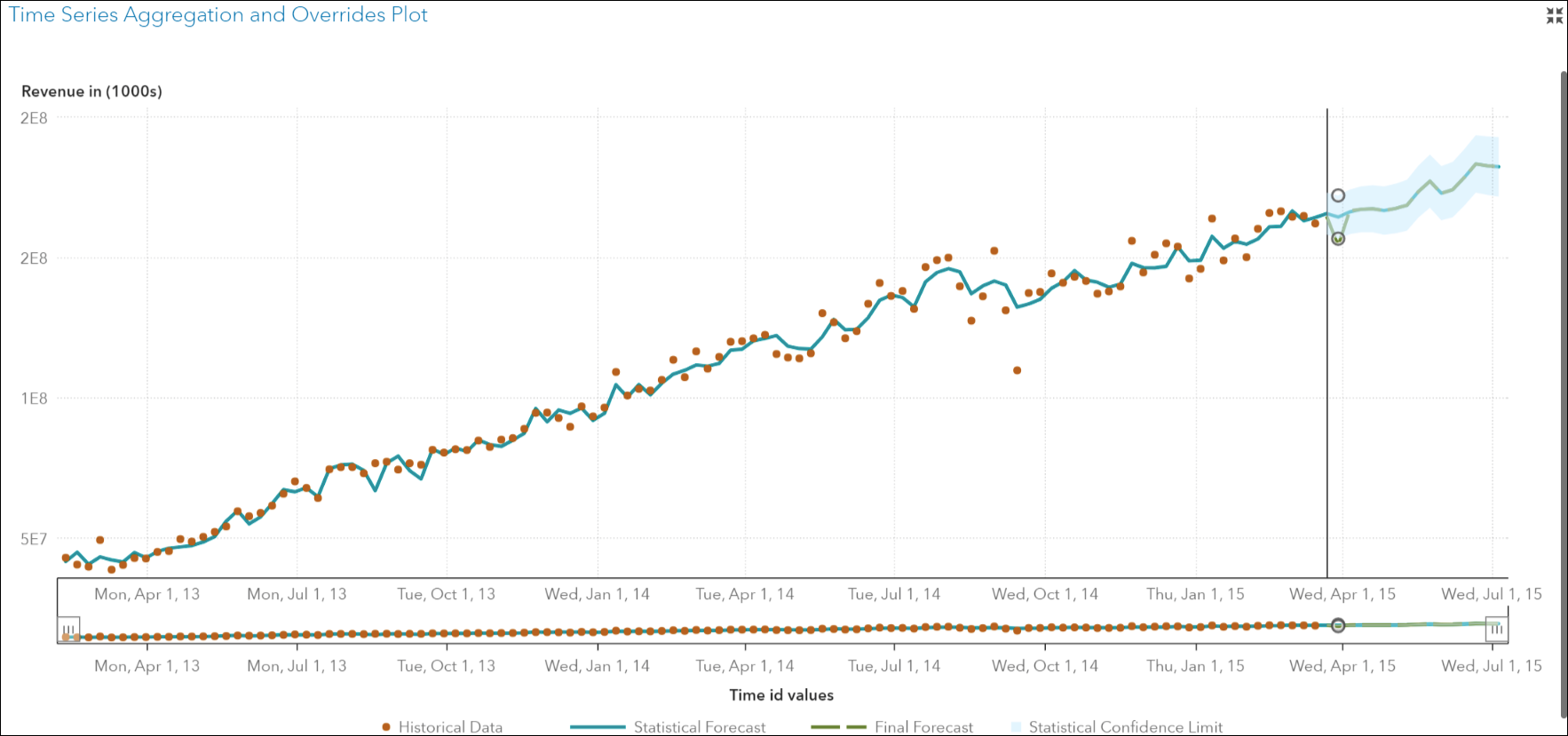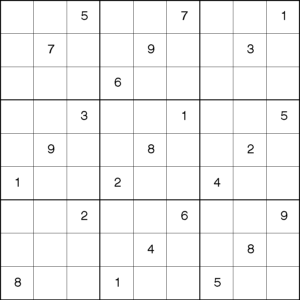
Analyzing tweets is challenging because of their succinctness (max 280 characters). However, that task is facilitated by the powerful features of SAS Visual Text Analytics (VTA), which includes embedded machine learning algorithms.

Analyzing tweets is challenging because of their succinctness (max 280 characters). However, that task is facilitated by the powerful features of SAS Visual Text Analytics (VTA), which includes embedded machine learning algorithms.

In this blog, I use data from the U. S. Department of State Trafficking in Persons (TIP) reports for the years 2013-2017 to accomplish these objectives: 1) To determine what are the main themes in TIP reports, and 2) to show how to work with ASTORE code to deploy models using SAS Viya 3.4 Visual Text Analytics 8.4.

The machine learning autogenerated concept and fact rules in VTA 8.4 facilitate the process of developing LITI rules to extract and find information in text documents. There are many important problems where the use of Text Analytics provides valuable insights such as with Human Trafficking.

This blog shows how the automatically generated concepts and categories in Visual Text Analytics (VTA) can be refined using LITI and Boolean rules. I will use a data set that contains information on 1527 randomly selected movies: their titles, reviews, MPAA Ratings, Main Genre classifications and Viewer Ratings.

In this blog, I use a Recurrent Neural Network (RNN) to predict whether opinions for a given review will be positive or negative. This prediction is treated as a text classification example. The Sentiment Classification Model is trained using deepRNN algorithms and the resulting model is used to predict if new reviews are positive or negative.

This post is an introduction to SAS Visual Forecasting 8.2. We'll build a Visual Forecasting (VF) Pipeline, which is a process flow diagram whose nodes represent tasks in the VF Process. The objective is to show how to perform the full analytics life cycle with large volumes of data: from accessing data and assigning variable roles accurately, to building forecasting models, to select a champion model and overriding the system generated forecast.

Most people who work with optimization are familiar with Linear and Integer Programming, to their toolkit they could add Constraint Programming. Constraint Programming is a powerful technique that is used to solve powerful “real-world” problems in a variety of areas, such as, planning, scheduling, DNA Sequencing, computer graphics and natural